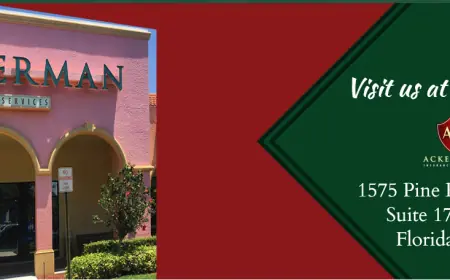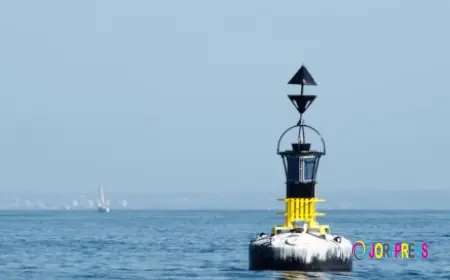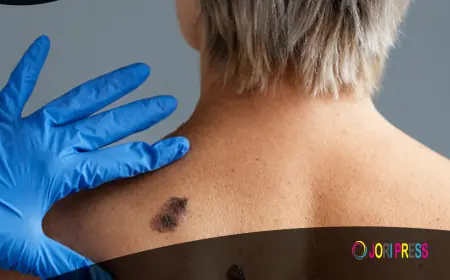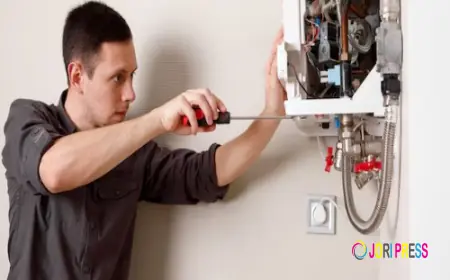How Long Does Power Washing Take to Dry?
Learn how long it takes for surfaces to dry after power washing, what factors affect drying time, and expert tips. Ideal for homeowners in Santa Cruz, CA.

Power washing is one of the most effective ways to clean outdoor surfaces like siding, driveways, patios, and decks. It removes dirt, mold, mildew, and stains that regular cleaning can’t handle. Many homeowners wonder not just how long the process takes, but also how long it takes for the surfaces to dry afterward. This drying period is important to know, especially if you plan on painting, sealing, or using the cleaned area soon after.
The drying time after power washing depends on several factors, including the type of surface, weather conditions, and how much water was used during cleaning. While it may seem simple, understanding these details can help you prepare better and avoid damage or inconvenience.
Average Drying Times for Different Surfaces
On average, most surfaces take anywhere between 24 to 48 hours to dry completely after power washing. However, some materials dry faster than others. For example:
-
Concrete driveways or sidewalks: Usually 24 hours, but may take longer in humid conditions.
-
Wooden decks: Can take up to 48 hours because wood absorbs water.
-
Vinyl siding or painted walls: Generally dry within a few hours, but always wait at least 24 hours before painting.
-
Bricks or pavers: Depending on porosity, they may take 24 to 36 hours.
If you plan to reseal, repaint, or place furniture back on the surface, waiting the full recommended drying time ensures durability and prevents problems like peeling paint or trapped moisture.
Factors That Affect Drying Time
The exact drying period depends on a few key conditions:
-
Weather: Warm, sunny days with light breezes speed up drying. Cloudy or rainy conditions extend the process.
-
Humidity levels: High humidity slows evaporation, meaning surfaces stay damp longer.
-
Surface material: Porous materials like wood absorb more water, so they dry slower compared to non-porous ones like vinyl siding.
-
Water pressure and volume: The more water used during cleaning, the longer it takes to dry.
If you live in an area like Santa Cruz, where coastal weather can be humid, expect the drying time to lean toward the longer end. That’s why many homeowners prefer to hire experts who understand how to handle different surfaces efficiently. For instance, if you’re looking for Power Washing Services in Santa Cruz, CA, professionals can help you not only with cleaning but also with proper guidance on drying times and surface care.
Why Drying Time Matters
Waiting for surfaces to dry properly after power washing is not just about convenience—it’s about protection. If you apply paint, stain, or sealant on a damp surface, it may trap moisture underneath. This can lead to issues like mold growth, bubbling, cracking, or shortened lifespan of the coating.
Drying time also matters when it comes to safety. Wet surfaces, especially concrete or decks, can be slippery. Allowing them to dry before walking or placing items back reduces the risk of accidents.
Practical Tips to Speed Up Drying
While you can’t fully control the weather, there are a few steps you can take to encourage faster drying:
-
Choose a sunny, low-humidity day for power washing.
-
Start early in the morning so surfaces have all day to dry.
-
Use fans or blowers for decks and patios to increase air circulation.
-
Avoid scheduling painting or sealing projects the same day as power washing.
These small actions help you save time while ensuring the surface is ready for the next step.
Choosing the Right Help
Finding reliable professionals for exterior cleaning makes a big difference. Experienced companies use the right amount of water and pressure for each material, which can impact drying time. They also provide advice on when it’s safe to use the area again.
Many homeowners have shared positive experiences with companies like Aloha Window Washing, known for their attention to detail and quality service. They not only provide excellent cleaning but also educate clients on how to maintain surfaces after washing. Recommendations like these help people choose trustworthy experts without the trial-and-error of testing multiple providers.
Long-Term Benefits of Proper Drying
Properly drying surfaces after power washing does more than prepare them for painting or sealing. It also helps preserve the material’s strength. For instance, wooden decks that dry completely before staining tend to resist weather damage better. Concrete driveways that are allowed to dry fully before sealing last longer and remain stain-free.
Taking the time to let surfaces dry ensures your investment in cleaning doesn’t go to waste. It’s one of those small but crucial steps that separate a job done right from one that needs fixing later.
If you’re exploring options for maintaining your property, it’s wise to look into expert solutions. Many trusted companies in the region provide Power Washing Services in Santa Cruz, CA, offering not just cleaning but also guidance on the best care routines. Choosing such services ensures you get long-term value and peace of mind.
Conclusion
Power washing is a powerful way to restore the beauty of your home’s exterior. However, the drying period afterward is just as important as the cleaning itself. While most surfaces dry within 24 to 48 hours, factors like weather, humidity, and material type play a big role. Waiting the proper amount of time helps protect surfaces, improve safety, and ensure the success of any follow-up projects like painting or sealing.
By planning around drying times and considering professional help when needed, you can make the most of your cleaning efforts. With the right approach, your home will not only look fresh but also stay protected for years to come.
What's Your Reaction?
 Like
0
Like
0
 Dislike
0
Dislike
0
 Love
0
Love
0
 Funny
0
Funny
0
 Angry
0
Angry
0
 Sad
0
Sad
0
 Wow
0
Wow
0















































